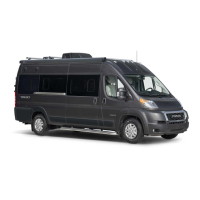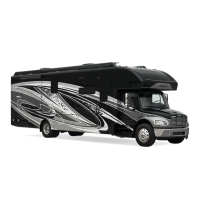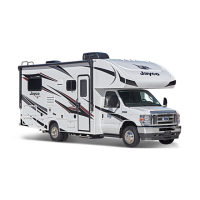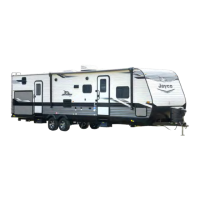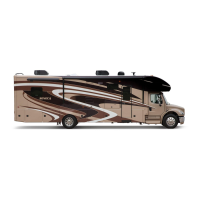13
Fire Safety
If a re does start, follow these basic safety rules:
1. Evacuate the vehicle immediately and call 911.
2. After everyone is accounted for, check the re to see if you can attempt to put it out.
3. If it is large, or the re is fuel-fed, get clear of the vehicle and have the Fire Department
handle the emergency.
4. Do not attempt to use water to put out the re. Water can spread some types of re, and
electrocution is possible with an electrical re.
Refer to the following sections for additional re safety information.
In case of an electrical re.
In case of a grease re.
Fire Extinguisher
Fire extinguishers are classied and rated by re type, A, B and C. These classications
identify the kinds of res or burning materials they are designed to ght.
Solid materials such as wood, paper, cloth, rubber and some plastics.
Liquids such as grease, cooking oils, gasoline, kerosene or other ammable liq-
uids.
Electrical such as electrical wires or other live electrical equipment.
A dry chemical re extinguisher has been installed by the entrance door. It is suitable for
extinguishing small res of the Class B or C type only.
We suggest you become thoroughly familiar with the operating instructions displayed on the
side of the re extinguisher.
Read and follow all instructions on the label and user’s manual provided by the re extin-
guisher manufacturer.
Do not check the pressure, test or practice using the re extinguisher by
squeezing the trigger, even briey. The re extinguisher is not rechargeable
or rellable. Once used, it will gradually lose pressure and will not be fully
charged for use in an emergency.
Do not turn the electrical power back on or plug in any appliances after the use
of a re extinguisher. Please refer to the re extinguisher’s user manual for
further instructions on maintenance and clean up.
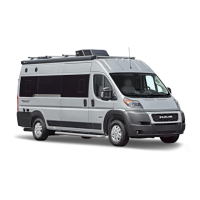
